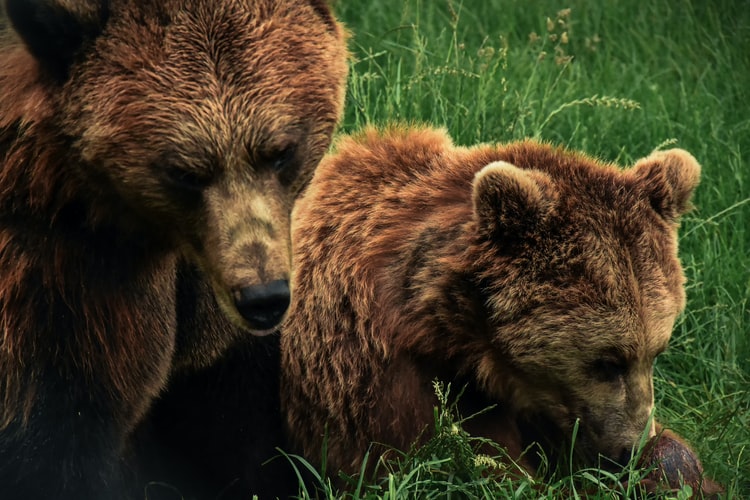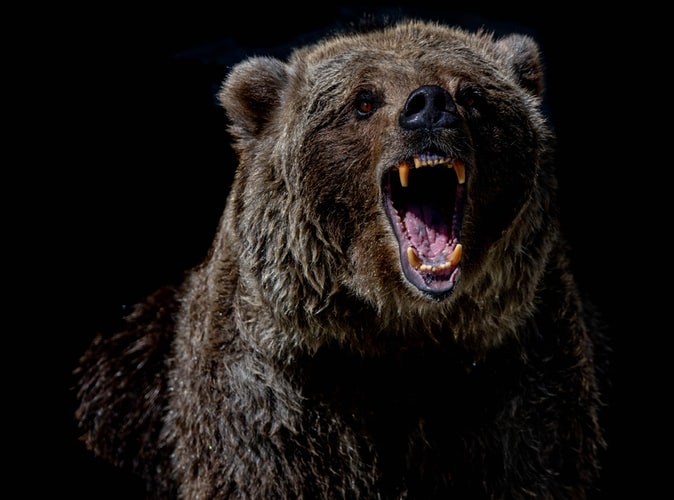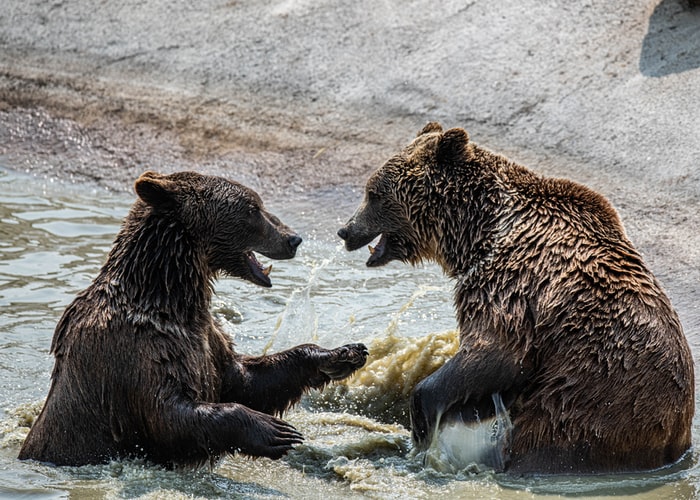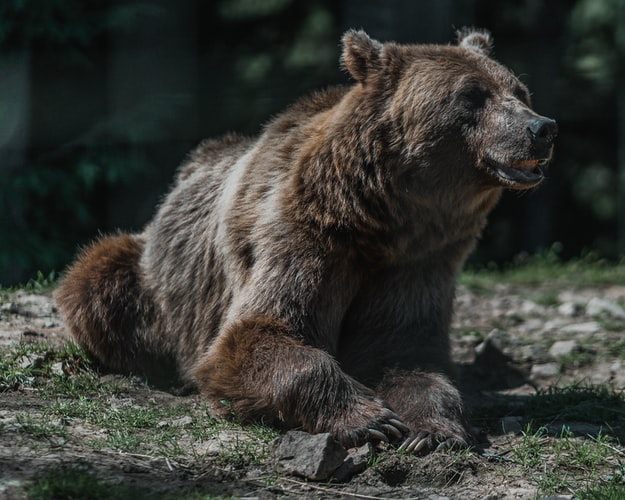Bear Habitat Information
Bear conservation simply refers to the conservation of wildlife and their respective habitats with an aim to ensuring their survival. It is a vast range of activities aimed at reducing or reversing the decline in numbers of wild and protected bears. In many countries around the world, including South Africa, Australia, New Zealand and Canada, the state governments are undertaking extensive programmes of bear protection. This has seen some amazing progress being made in recent years, particularly with regard to increasing numbers of black bears, caribou and polar bears.
 What Are The Key Ingredients To Effective Bear Conservation And Management?
What Are The Key Ingredients To Effective Bear Conservation And Management?
Among the most important elements of bear conservation are effective management and monitoring strategies, together with the provision of adequate shelter, food and water as well as protection from illegal poaching and other issues that threaten to destroy the natural habitats of these animals. One of the most pressing threats facing South African bears, for example, is encroachment on their national parks. Many areas have been taken over by commercial sports and timber businesses, pushing the existing bear populations to extinction in the long run. Bear specialists have been appointed to help with management in these areas and effective laws have been passed to protect the bears.
While bear conservation efforts do make some progress, many problems still persist such as habitat loss, poaching, as well as the illegal trade of bears’ fur and body parts. In addition, conflicts are also common between local people and international organizations attempting to manage wildlife populations. There is also some evidence that bears are becoming more aggressive and are even showing signs of carrying disease to bring down more bears. As with all wildlife populations, human interference and abuse of the bears’ natural habitat are posing great threats.
 Effective Conservation And Protection
Effective Conservation And Protection
The first step towards bear conservation is ensuring adequate numbers of bears are produced in natural habitat. For this purpose, effective land management is required along with the ensuring of the correct balance in habitat size. While some areas can benefit from large herds, others will be suited for smaller bear populations. Furthermore, in the case of overpopulation, adequate and appropriate solutions must be found so that the bears can survive in their new habitat without jeopardizing their own lives and those of humans living in the area.
As the demands for bears continue to grow on a global scale, so do the risks for those who wish to keep them in their natural habitats. For instance, China has placed limits to bear trade because they feel the population is too big and their forests are being ruined by unsustainable farming practices. In India, authorities have struggled with bringing down the numbers of red bears which are listed as threatened species. Despite strong protection measures, in the past few years many bears have either been shot or hacked to death in the name of protecting the species. Similarly, Latin American countries have been facing pressures from the pet trade and unsustainable harvesting practices for bears which are also on the brink of extinction.
 Where Can Bears Be Found Roaming Wild?
Where Can Bears Be Found Roaming Wild?
Today, bears can be seen in various parts of their historic range, including Alaska, Canada, Russia, Venezuela and several parts of Australia. They are being protected from poaching and taken care of by national and international conservation programs. Some areas have more bears in certain populations than others. Some polar bears live only in dense forest whereas others live in open plains and forests. The presence of these five polar bear habitats make them a special species and deserve our attention and protection.


Add a Comment